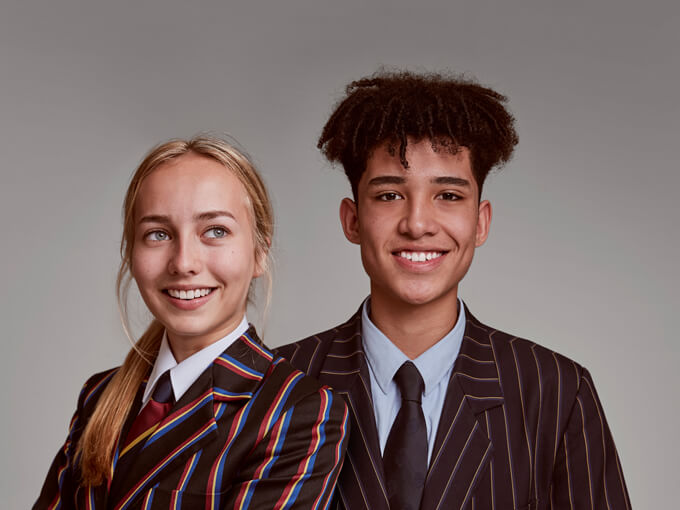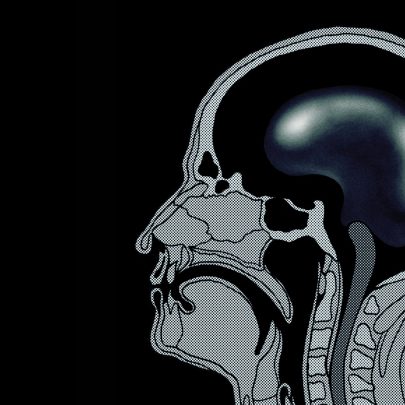Aug 30, 2018 Schools
Education expert Sir Ken Robinson lays out the priorities to keep in mind when picking a school — and explains why learning to dance is as important as mastering maths.
You’re in last year’s story! For the latest schools data, click here.
You can search for the academic results of each Auckland secondary school at the bottom of this article.
The quality of education is in how these elements work together. A great curriculum is not enough if the assessment system values only part of it. A wonderful environment is not enough if the quality of teaching is poor. What makes a school great is having the balance and the dynamics right. How rich is the curriculum? How well do the teachers personalise their approach to each child? How much discretion and creativity does the school allow its teachers? How well does the school relate with parents and the community at large?
Curriculum
Does the school have a broad, balanced, and dynamic curriculum? The curriculum is the content of education: what students are meant to know, understand, and be able to do. There is the formal curriculum, which is what students are required to cover. There is the informal curriculum, which is what they can choose to cover, including optional programmes and after-school activities. There is the whole curriculum, which is all of the above — the complete range of experiences the school offers.
There is also what is sometimes called the hidden curriculum, which is another way of talking about the culture of the school, and that’s as important as anything that’s written in the brochure — if there is one. Students learn more in school than what’s on the syllabus, and so do their parents. They take in what the school thinks is important and what isn’t. They get that by what’s on the curriculum and what is not, what’s mandatory and what’s optional. They get it in how their work is assessed. Do they get useful comments and feedback?
They pick up on the values of the school and on what counts as acceptable behaviour. You should look at the balance of the whole curriculum and at which parts are compulsory, and why. A balanced curriculum should include equal provision for the following.
Language arts
Language is one of the foundations of human intelligence. No one teaches your children how to speak. They absorb speech from the people they grow up with. Reading and writing are different.
There are fine physical skills in learning to write; there are also complex intellectual skills in learning how to encode your own thoughts in writing and to decode other people’s thoughts by reading what they’ve written. Language education involves learning all these skills. It should include developing a love of literature in all its forms. It should involve developing the skills of what is sometimes called oracy — being able to speak clearly and confidently and to listen with patience and attention to others. Although most people can speak, they don’t always do it concisely or well. One of the roles of language education is to help them do so more effectively for different purposes and in different settings.
Mathematics
Like literacy, mathematics is the gateway to learning in many other disciplines and involves essential skills for social and economic independence. The ability to apply mathematics at some level is essential in many fields. Regardless of what our smart devices can now do for us, it’s very difficult to get by in our world without a solid foundation in numeracy. More than that, mathematics is a beautiful discipline in its own right.
Science
We live in two worlds: the world around us and the world within us. Science is the systematic study of the world around us through analysis, observation, and experiment. Scientists aim to produce theories and explanations, which can be verified by evidence. The natural sciences — physics, biology, and chemistry — look at the nature and dynamics of the physical world and aim to fathom the laws that govern them. In doing so, natural scientists aim to produce knowledge that can be validated by anyone who repeats their observations. The human sciences — including psychology, sociology, and anthropology — aim to investigate human life using some of the same techniques, although the altogether messier nature of human behaviour inevitably takes its toll on the “objective” status of their findings. Scientists of all sorts depend on logical analysis, but logic is only one of their resources. Scientific discoveries in any field sometimes come from unexpected leaps of intuition and imagination. Science education is important for all young people because it provides an essential grounding in gathering evidence and in the skills of logical analysis. It provides access to the rich store of scientific knowledge of the world around us. It promotes an understanding of how science has shaped the world.
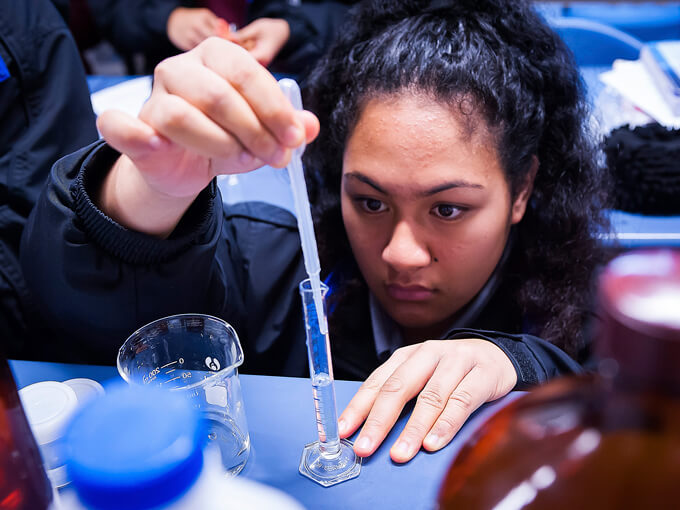
The arts
The arts are about the qualities of human experience. Through music, dance, visual arts, drama, literature, and the rest, we give form to our feelings and perceptions of the worlds within and around us. At the heart of the arts is the artefact. Musicians make music, painters make images, dancers make dances, and writers produce books, plays, novels, and poems that capture the qualities of their personal insights and experience. The arts can inspire us at many levels: through their inherent beauty and form, by the ideas and sensibilities they embody, and by the cultural values and traditions they represent. The pulse of culture beats most strongly in the visual, verbal, and performing arts. Arts education should include learning to practise the arts and to understand and appreciate them. Intelligence is multifaceted. Music, dance, theatre, visual arts, and verbal arts, in all their varieties, illustrate this tremendous diversity and provide practical ways of cultivating it in your children. Through the arts young people can formulate ideas and feelings in a wide variety of modes and media. They can explore their own cultural values and identity. They can engage with the values and traditions of other cultures.
The humanities
The humanities are concerned with the study of human life and culture. They include history, languages, religious education, geography, social studies, and philosophy. The humanities have essential roles in deepening young people’s understanding of the world around them: its diversity and its complexity. The humanities enlarge young people’s understanding of what they share with other human beings, including those in other times and cultures, and help them develop a critical awareness of the societies and times in which they live. The humanities overlap in several ways with the sciences and the arts. Like the arts, they are concerned with understanding the nature of human experience. Like the sciences, they typically use the tools of academic inquiry and analysis. The humanities include what are sometimes called the liberal arts. In ancient times, the liberal arts (from the Latin liber, meaning “free”) were the disciplines that cultivated the qualities of judgment and understanding that are necessary to the vitality of free and democratic societies. Studying the humanities and liberal arts cultivates the qualities and understanding that we all need to sustain complex and civilised ways of life.
Physical education
Your children’s cognitive, emotional, social, and physical wellbeing are all intimately related. Physical education contributes directly to their physical vitality and to their overall development as they grow and learn. Physical education can also enhance learning in all areas of education by quickening young people’s concentration and mental agility. Physical education and sport are inextricably bound up in the cultural traditions and practices of our communities. Games and sports can evoke powerful feelings of excitement both in relation to the games themselves and in the sense of belonging they can generate. The range of physical activities and games provides young people with many opportunities for different forms of physical achievement. Dance and gymnastics, for example, are powerful forms of creativity and aesthetic appreciation. Team games develop individual skills, a close sense of collaboration, and ways of sharing success and failure in controlled, safe environments. In all these ways, physical education has essential roles in a balanced approach to the education of all of our children.
Life skills
Life is not an academic exercise. Education should help your children to deal confidently with some of the many practical tasks and challenges they’ll face as they make their way in the world. Some schools offer practical programmes in financial literacy, health and nutrition, cooking and household management. The best of them are not taught as theoretical courses but through practical experiences, starting in primary school, where young children have a ready appetite for learning through play, for keeping shop, and generally for taking care of business.
Although we can talk separately about these different areas of education, the power of learning is in how they can work together. That has everything to do with how they’re taught. In that respect, there is nothing more important to your children’s education than their teachers.
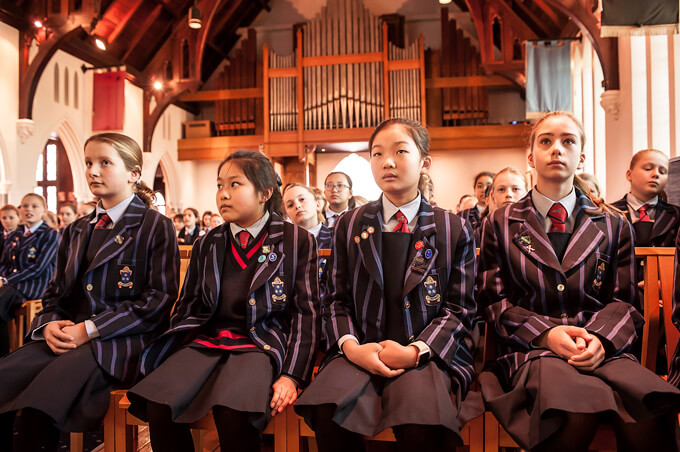
A dynamic approach to learning
Do the teachers adapt their approaches to different students and material? Most teachers care deeply about their profession and about the children they teach. That doesn’t mean that every teacher is going to be right for your child. The right teacher can inspire your child to learn and achieve more than you thought possible; the wrong teacher can make learning feel like a chore. Methods of teaching and learning should be appropriate for your child’s various types and phases of development. Newborn and infant children have enormous latent capacities. The extent to which these are encouraged in the first years of life has a crucial bearing on the development of the brain. Children brought up in bilingual or multilingual households, for example, normally become competent in all the languages they use. The same applies in other areas of development, including music. Teenagers and adults often find it harder to learn an instrument or a second language. Teachers should give your children individualised support and feedback to develop their strengths and help them where they struggle. You should look for a balance in the following areas.
Theory and practice
Is there a proper balance between desk study and practical work? One of the evergreen images of schools is that classrooms have to look a particular way: the teacher’s desk at the front facing neat rows of desks and chairs and students looking straight ahead. It used to be the case, and still is in some schools, that students spend most of the day at their desks with only brief breaks for some sort of physical exercise or to switch classes. There are important health reasons for not doing this. There are equally powerful educational reasons. Academic ability is very important but there’s more to intelligence than academic ability alone, and general education has to recognise that. I make a distinction between knowing that, knowing how, and knowing this. Cultivating different forms of understanding involves different sorts of activity and different approaches to teaching.
The brain is wonderfully pliable, especially in the early years. Some experiences have such a powerful impact on us that they instantly form long-lasting memories. Less-vivid, everyday experiences may live for a time in our short-term memory, but unless we dwell on them or they’re repeated, we remember them vaguely, if at all. Learning new ideas, facts, or skills is the same. To commit them to long-term memory in ways that we can use, we have to practise them so they become part of the fabric of our minds.
To retain propositional knowledge (knowing that) takes concentration and effort. Nobody can do that for you. I sometimes hear criticisms of rote learning in education, as if it’s necessarily a bad thing. It isn’t. If your children are learning a new language, or the laws of chemistry, or the details of specific historical events, or the principles of arithmetic, in ways they can readily use, they’ll need to commit them to their long-term memory. When they do, their brains will be subtly changed by the effort. Teachers should help them enjoy the process and make it feel worthwhile. They can be stimulated by practical activities and by working with others, but the effort of memorisation is inevitably personal. It may take a lot of concentration, repetition, and reflection. That’s the only way that some material can be learned. The problem with the evergreen image of the classroom is the assumption that this is the best way to learn everything. It isn’t.
Knowing how to do something can only be learned by doing it. Learning to play an instrument, make a design, create objects from physical materials, master a sport, or practise a craft all depend on a synergy of cognitive and physical skills. In every activity that involves practical expertise as well as theoretical knowledge — from ballet to surgery to engineering — good practitioners eventually acquire “muscle memory”, which comes from the repetition and refinement of practical techniques. Education should also involve your children in a wide range of practical activities: working with materials and with other people on the application of ideas, in just the ways that life itself constantly demands.
Knowing this is about understanding the qualities of our experiences. Learning to understand their own feelings, making sense of their experiences, and being positive in their relationships are essential to your children’s happiness and well-being. They don’t learn these things through the abstract study of emotions. They learn them through experience and by practising the disciplines that have feelings, values, and relationships at their core. In schools, they include the visual, performing, and verbal arts and the reflective techniques of meditation and mindfulness.
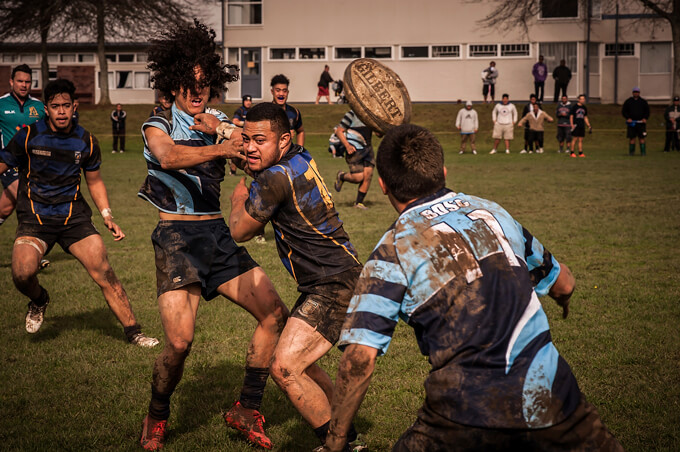
Get moving
Do students have enough physical activity? I argued earlier for the equal importance of the arts alongside other major areas of learning. Most schools make some provision for the arts: usually visual arts, music, and literature. Theatre and dance are usually given shorter shrift.
Individual and group work
Is there a balance between students working on their own and together? Sometimes the best way to master material is to take in a classroom lecture, review the material at home, and then test one’s understanding through exercises. This is a largely individual approach to learning and it can be very effective. At other times, the most powerful way to find things out might very well be to learn in concert with others, and a school should offer a mix of both. Dr Maryellen Weimer (a professor emerita of teaching and learning at Penn State Berks in Pennsylvania) lists five essential values that group learning offers:
- They truly learn the content: when students work with content in a group, they are figuring things out for themselves rather than having the teacher tell them what they need to know.
- They understand the content: when students are trying to explain things to each other, to argue for an answer, or to justify a conclusion, that interaction clarifies their own thinking, and often it clarifies the thinking of other students.
- They learn how to function in a group: productive group members come prepared, they contribute to the group interaction, they support each other, and they deliver good work on time.
- They learn the value of group decisions: if students take an exam individually and then do the same exam as a group, the group exam score is almost always higher because students share what they know, debate the answers, and through that process can often find their way to the right answer.
- They learn to work with others: group work helps students learn how to work with people outside their circle of friends, including those who have different backgrounds and experiences.
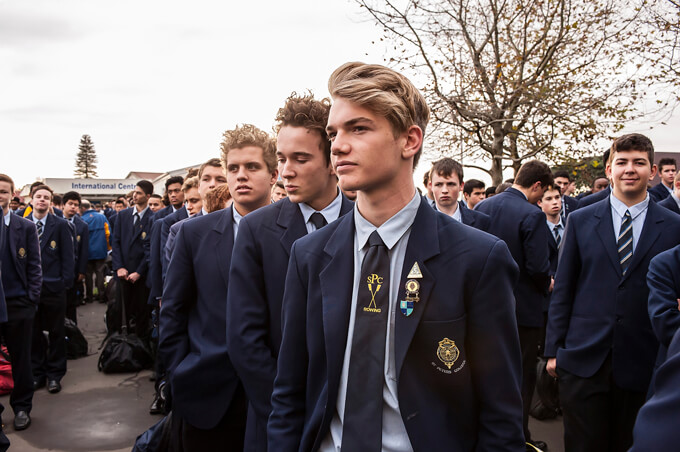
Across the ages
Are students encouraged to learn in mixed-age groups? Different children learn different things at different paces. Usually, children in school are taught in specific age groups. Mixing children of different ages together can benefit all of them. Mixed-age classes have the benefit of grouping kids by their stage of mastery rather than their chronological age, which can help those who are having a little more trouble with a particular task or idea. The younger ones can benefit from the relative sophistication of the older ones, who reinforce their own learning by helping the younger ones learn.
Lilian G Katz is a professor emerita of early childhood education at the University of Illinois at Urbana-Champaign. She notes that although humans are not usually born in litters, we seem to insist that they be educated in them. The goal of mixed-age grouping is “to capitalise on the differences in the experience, knowledge, and abilities of the children”. Mixed-age classes offer children the opportunity to nurture each other. Our young children “need real contexts in which their dispositions to be nurturing can be manifested and strengthened”. They need exposure to different ways of learning: the wider the age span in a group, the wider the range of behaviour and performance likely to be accepted and tolerated by the adults as well as by the children themselves. And they need more highly developed social participation. In a mixed-age group, she argues, “younger children are capable of participating and contributing to far more complex activities than they could initiate if they were by themselves”.
Some US elementary schools are introducing mixed-age classes that stick together from year to year with the same teacher. The potential benefits for the students are extra learning time, because the teacher doesn’t need to learn about each student at the beginning of each school year; an increased focus on learning at their own pace; and a greater sense of camaraderie with their peers. In American high schools, mixed-age classes are relatively common. It’s not unusual for a sophomore to take a third-year French class with a senior, for instance, or for three grades of students to be in the same elective science class. Students in mixed-age groups learn at least as well as those in single-age classrooms.
Assessment
Does the school have an open and informative approach to assessment? How does the school assess your children’s progress? If assessment is only through standardised tests, there’s a chance that any struggles your child might be having won’t be identified until it is too late to do anything productive about it. What are they doing to identify the progress and achievements of your individual child? How much stock do they put in the perceptions of your child’s teacher or your own observations? How important are the scores on standardised tests to how your child is perceived as a student and how he or she is challenged and assisted? Is any consideration given to your child’s personal strengths and weaknesses during assessment?
Good schools use both formative assessments, which provide information and feedback for students, teachers, and parents during a course of study, and summative assessments, which report on achievement at the end of a course of study.
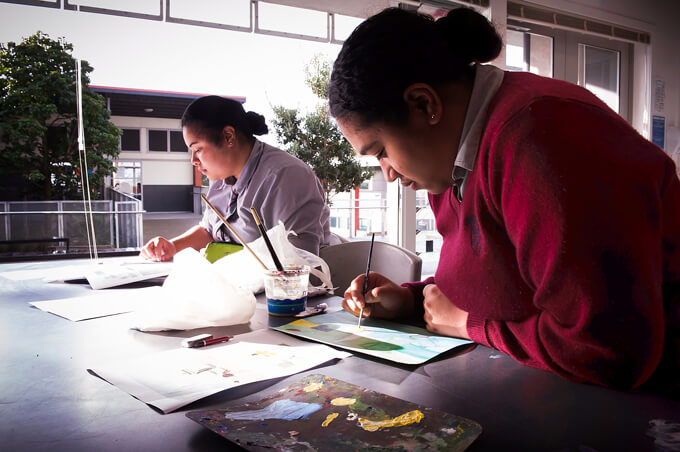
A flexible schedule
Is the school schedule varied and flexible? Most schools have a fixed schedule, which tells everyone where they have to be, when, and why. Until recently, planning the schedule for even a small school was a logistical challenge, and for a large one a guaranteed headache. Giving all students their own personal schedules seemed impossible, and the result has long been the familiar inflexibility of the typical school day. The trouble is that students learn at different paces according to what they’re doing, and in practice, activities often don’t fit neatly into prearranged slots of time.
There have long been sound educational reasons for having more-flexible schedules in schools to take these differences into account. The good news is that digital technologies now make that possible and more and more schools are putting them to work. In some schools, every student now has a personal schedule and a personal assessment portfolio to record and support what they do. This doesn’t mean they always work alone. It means they can work at their own pace and with groups of other students, irrespective of their ages, who are working on the same materials and projects.
A safe and stimulating environment
Is the school a safe and invigorating place for the students and the community? Schools often operate with limited budgets and resources, but I’ve been in schools in depressed areas that project vibrancy, pride, and deep compassion for everyone who walks through the halls. I’ve been in schools in wealthy neighbourhoods that feel antiseptic and joyless. How does your school announce itself to its students? Does it feel more like a joyous place of learning or a cold institution? Are the walls adorned with student artwork and practically vibrating with activity? Your children are going to be there more than six hours a day. How is the setting going to affect their mood and appetite for learning?
A sense of community
Finally, how well and effectively does the school engage with the wider community? Try to gauge the school’s sense of community. How does the school engage with parents and with the neighbourhood? How active is the parent-teacher organisation in the school? How welcome are you to sit in on a class, help out with activities, and share your expertise or experience? Does the school interact with area businesses and community centres? Are they creating a sense of community for the children?
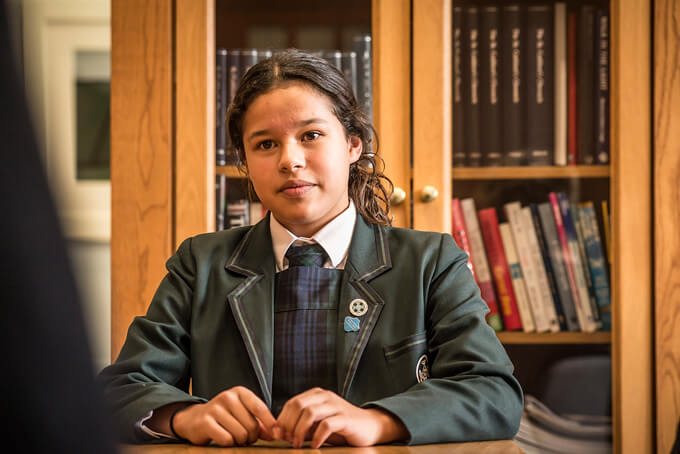
Personal development
None of the other purposes of education can be met if we forget that it is about the hearts and minds of people, not data points and league tables. Think of your children, those unique individuals you care for and treasure that no one knows quite like you do. To benefit them as it should, education has to intrigue and enliven them from the inside out.
While children love to learn, they do not always like to be educated, and some have big problems with school, where they often become restless and bored. That’s more likely if the work they do strikes them as pointless. I’m not suggesting that they should study only what interests them already and that we should avoid tempting them with things that don’t. It’s often said that education should start where the child is, but not leave him or her there. That is true. Education is about extending children’s horizons, developing their skills, and deepening their understanding.
Great schools work hard to create the conditions in which students want to learn. They know that a rich curriculum and imaginative teaching can fascinate the most listless students in topics they might otherwise not be interested in at all. They know, too, that whatever the topic, education should tune in to your child’s strengths and weaknesses as a learner. In other words, education should be personalised.
Education should help your children handle their inner world of thoughts and feelings. Processing feelings and perceptions about the world around us is part of what being alive in the world is about. It goes on constantly, whether we are awake or asleep, whether we think about it or not. This is true in the best of circumstances. There are times when the relationship between the inner and outer worlds can become tortuous. Puberty and adolescence can be especially difficult to handle. These personal issues can be exacerbated or erased by how your children are educated.
There is a third way in which education must be personal. Although learning is social, all learners are individuals. Part of your role as a parent is to press for the kind of education that enables your children to learn about the unique world within them and to make their own way in the world around them.
There’s no one in the world exactly like your child. Many people go through their lives without knowing what their real talents are, or wondering if they have any at all. That is one reason so many adults do not enjoy the work they do or the lives they lead. Others do. They have lives or careers that feel exactly right for them and fill them with a sense of purpose and meaning.
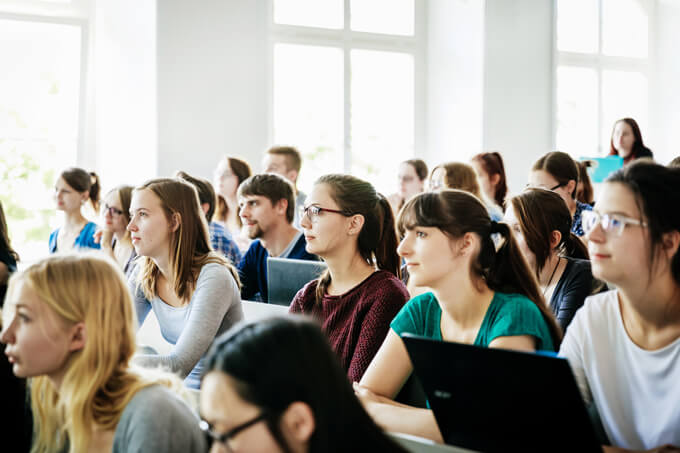
After school
As your children reach their teens, the question of what they’ll do after high school will keep coming up.
After high school, they’ll begin the transition to independence and earning their own living. That’s the theory, anyway. Increasingly, it’s taken for granted that this transition involves several years at university. This is a relatively new idea. A couple of generations ago, most people left school and went straight to work, provided they could find a job. One of the reasons so many people go to university now is that governments recognise that in a high-tech, information-driven world, successful economies need people educated to higher levels than before. I and many others have serious doubts about how governments are going about this. The main reason they encourage people to go to university is economic.
It’s perfectly reasonable for you to hope that education will enable your child to find work and become financially independent. It’s possible a degree will help, but not inevitable. Studying for a traditional academic degree may be the right thing for some young people, but it’s not the only direction for everyone. There are equally valuable options in vocational programmes or in going straight to work with on-the-job training. There are two main factors to keep in mind. The first is your children’s own talents, interests, and characters, and the opportunities that may suit them best as individuals. The second is how the world of work is changing and the general skills and qualifications that are needed these days for young people to make their way in it.
Best schools in Auckland 2018

